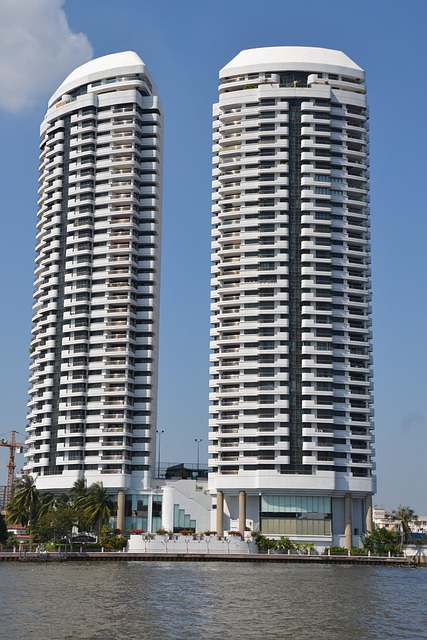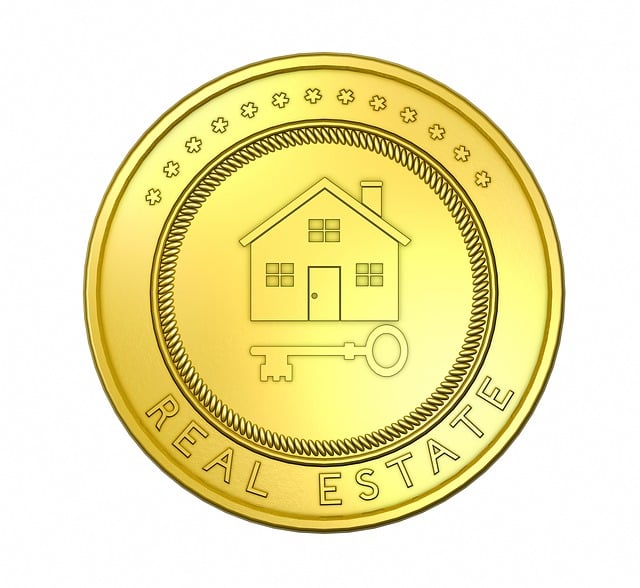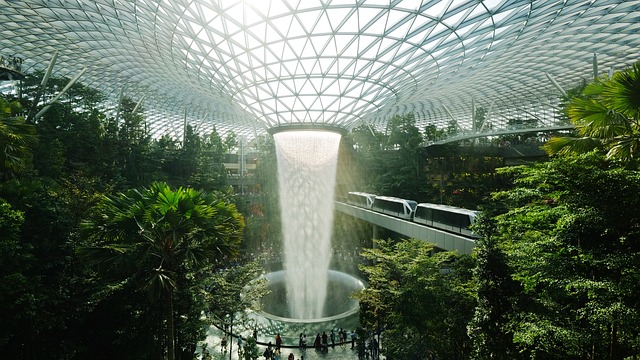In the competitive world of Real Estate, investors must navigate diverse property types (office, retail, industrial) each with unique advantages. Strategic location choices, factoring in demographics and accessibility, are crucial for success. Understanding zoning laws, building condition, and market demand is essential for maximizing returns. The future trends include mixed-use developments and sustainability initiatives, enhancing tenant quality of life and driving local economic growth while appealing to environmentally conscious consumers.
In today’s dynamic market, understanding different types of commercial real estate is crucial for investors. This article explores three key sectors: office, retail, and industrial spaces, each with its unique characteristics and investment opportunities. We’ll delve into essential factors to consider before investing, including location, demographics, and property condition. Additionally, we’ll forecast the future of commercial real estate, highlighting emerging trends that could shape this lucrative sector.
Understanding Different Types of Commercial Real Estate
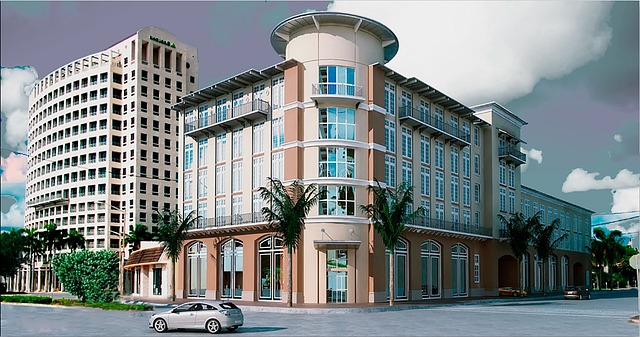
In the realm of commercial real estate, understanding the nuances of office, retail, and industrial properties is paramount for investors and tenants alike. Each type offers unique characteristics catering to distinct business needs. Office spaces, often bustling hubs of productivity, are designed for collaborative work environments, featuring modern amenities and flexible layouts to accommodate various business sizes. Retail properties, on the other hand, form the backbone of communities, attracting folks with diverse offerings, from trendy boutiques to food courts, creating vibrant landscapes that foster customer engagement.
Industrial real estate stands as a cornerstone for manufacturing, logistics, and warehousing operations. These spaces are characterized by vast areas, high ceilings, and robust infrastructure, enabling efficient storage, production, and distribution processes. Each category presents distinct advantages, with location playing a pivotal role in determining accessibility, target demographics, and overall cost-effectiveness, making informed decisions crucial for success in the competitive commercial real estate market.
Factors to Consider When Investing in Office, Retail, or Industrial Spaces

When investing in office, retail, or industrial spaces, several crucial factors come into play. Location is key; consider proximity to transportation hubs, demographic trends, and the local economy’s health. Access to talent pools, both skilled workers and potential tenants, can significantly impact a property’s value over time. Additionally, understanding zoning laws and regulations is essential to ensure compliance and maximize usage.
Another vital aspect is evaluating the building’s condition and potential for renovation. Assess structural integrity, current technology infrastructure, and whether renovations align with modern real estate standards. Market demand and competition are also critical; analyze rental rates, vacancy levels, and comparable properties in the area. These factors will help gauge investment returns and long-term sustainability in a dynamic real estate market.
The Future of Commercial Real Estate: Trends and Predictions
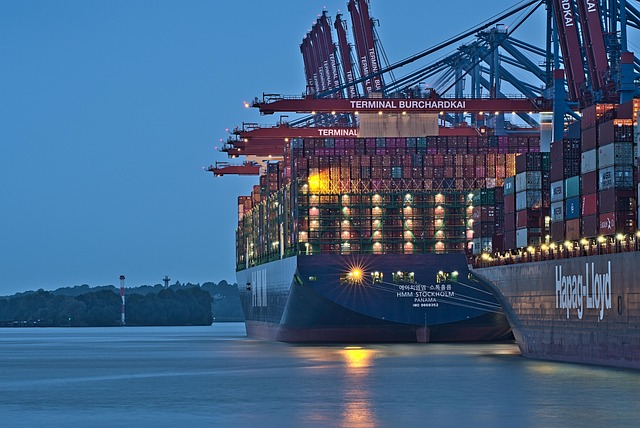
The future of commercial real estate is shaped by evolving trends and technological advancements that promise to revolutionize how we work, shop, and interact with spaces. One prominent trend is the rise of mixed-use developments, integrating retail, office, and residential spaces into seamless, walkable communities. This approach not only enhances the quality of life for tenants but also drives foot traffic, boosting local economies.
Sustainability is another key focus, with increasing demands for eco-friendly buildings. Green real estate initiatives, such as energy-efficient designs, renewable energy sources, and sustainable materials, are becoming the norm. As consumers become more conscious of their environmental impact, these trends will likely intensify, making commercial properties more attractive and valuable in the long term.

